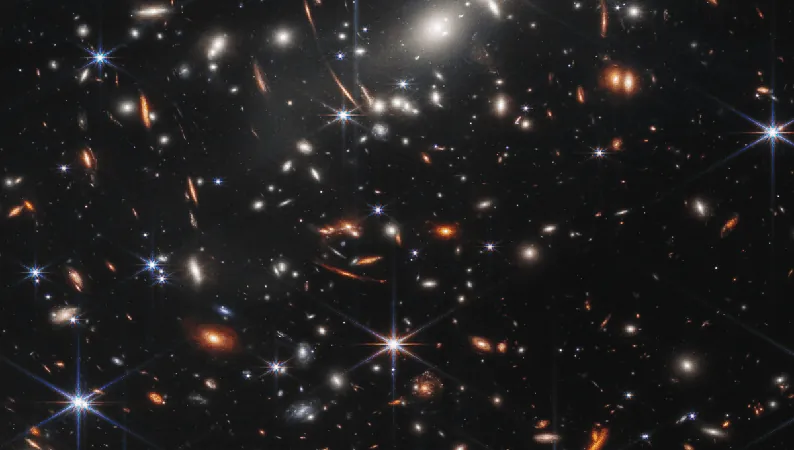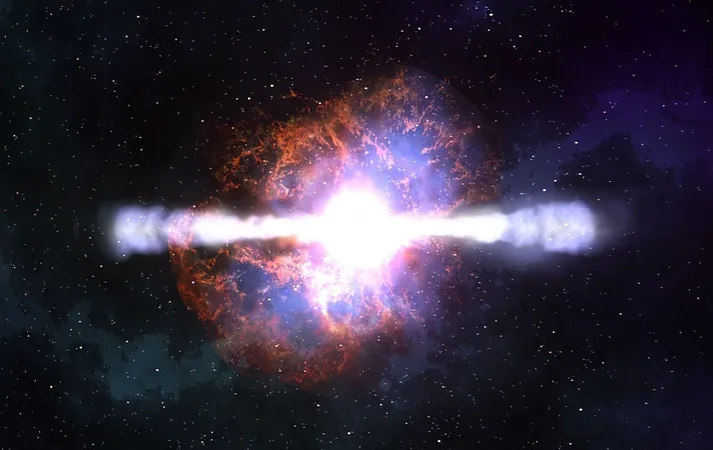
Don’t Miss the Stunning Occultation of the Pleiades by the Moon This Weekend!
2024-09-20
This Sunday, September 22, skywatchers across the western United States will be treated to a spectacular astronomical event as a waning gibbous moon, illuminated 75 percent by the sun, crosses in front of the famous Pleiades star cluster, also known as the Seven Sisters.
An Astronomical Encounter You Can't Ignore
The best view of the Pleiades will be around 10 p.m. local daylight time, when these bright stars first become visible low in the east-northeast sky. As the night progresses, by 4:30 a.m., the cluster will be soaring high in the southern sky, putting on an unforgettable display.
On Sunday morning, the Pleiades will experience a celestial phenomenon known as an occultation, where the moon will obscure some of the cluster’s brightest stars. This event is just one of a series of planned occultations that will unfold over the coming years, giving astronomy enthusiasts plenty of opportunities to witness this breathtaking sight.
A Closer Look at the Pleiades
The Pleiades cluster is one of the most recognizable star formations in the night sky. As part of the Taurus constellation, these stars represent the shoulder of the mythical bull. Although they may first appear as a shimmering cloud, a closer look reveals a tight knot of six or seven distinct stars, with some lucky observers reporting even more under perfect conditions.
The brightest star in this family is Alcyone, with her sisters comprising Maia, Asterope I and II (known as the double star 21 Tauri), Taygeta, Celaeno, and Electra. The star Merope is uniquely surrounded by cosmic dust that reflects a beautiful blue hue, forming a reflection nebula. In mythology, Atlas and Pleione symbolize their parents.
Mark Your Calendars for an Unmissable Show
On September 22, the moon will transit across the Pleiades, making it particularly easy for observers in the western U.S. The stars will vanish behind the moon's bright edge, where telescopes will be necessary to catch their disappearance, and they'll reappear behind the moon’s dark side, viewable with binoculars.
Timing varies by location: - In Chicago, Electra disappears at 5:01 a.m. CDT and re-emerges at 5:54 a.m., while Alcyone fades at 6:08 a.m. and reappears after sunrise. - In Denver, a similar pattern occurs with Electra vanishing at 3:43 a.m. MDT.
For those in the Pacific Time Zone, you'll have the advantage of the entire occultation under dark skies, making it an ideal viewing experience.
Don’t Miss a Moment!
This extraordinary event has everything to capture the hearts of astronomy fans—from the mysterious beauty of the moon to the stellar performance of the Seven Sisters sparkling in the night sky. Prepare your telescopes and binoculars and get ready to witness this enchanting astronomical spectacle.
Make sure to check local skywatching guides and astronomy resources for precise timings and viewing tips! This is an event that shouldn't be overlooked—mark your calendars and enjoy a night under the stars!



 Brasil (PT)
Brasil (PT)
 Canada (EN)
Canada (EN)
 Chile (ES)
Chile (ES)
 España (ES)
España (ES)
 France (FR)
France (FR)
 Hong Kong (EN)
Hong Kong (EN)
 Italia (IT)
Italia (IT)
 日本 (JA)
日本 (JA)
 Magyarország (HU)
Magyarország (HU)
 Norge (NO)
Norge (NO)
 Polska (PL)
Polska (PL)
 Schweiz (DE)
Schweiz (DE)
 Singapore (EN)
Singapore (EN)
 Sverige (SV)
Sverige (SV)
 Suomi (FI)
Suomi (FI)
 Türkiye (TR)
Türkiye (TR)